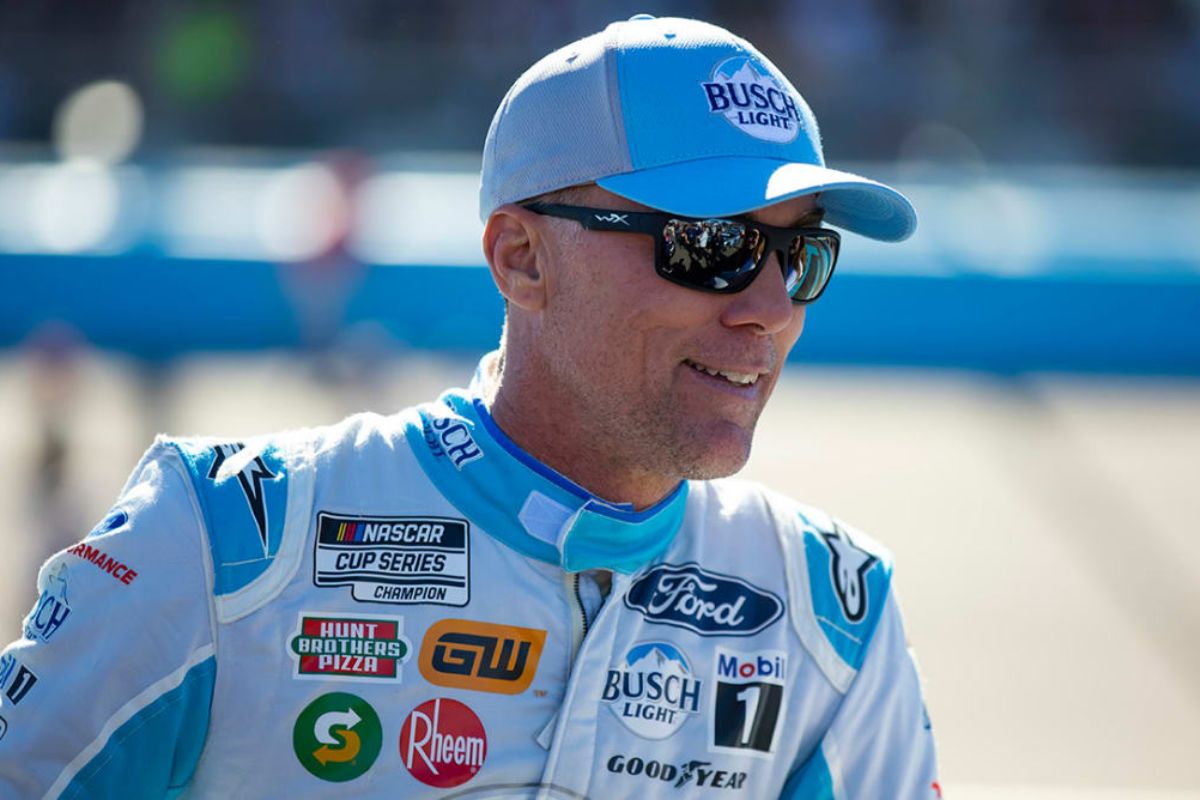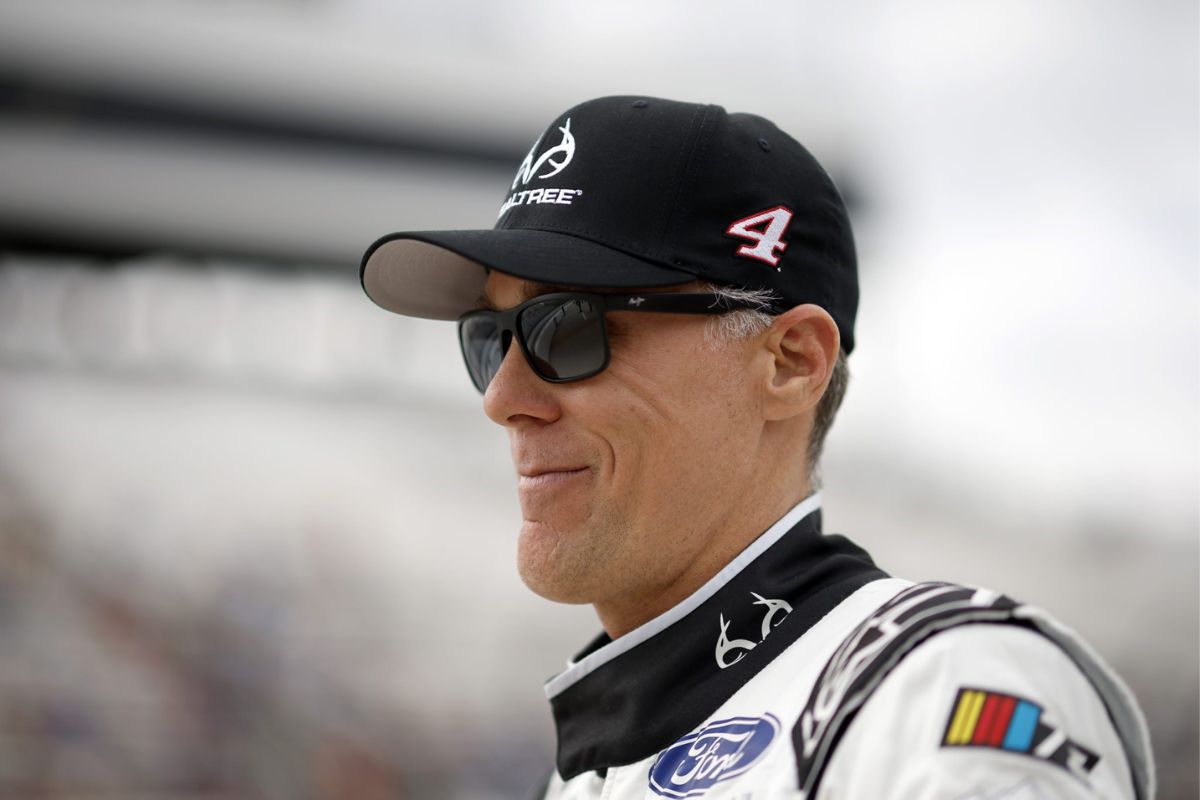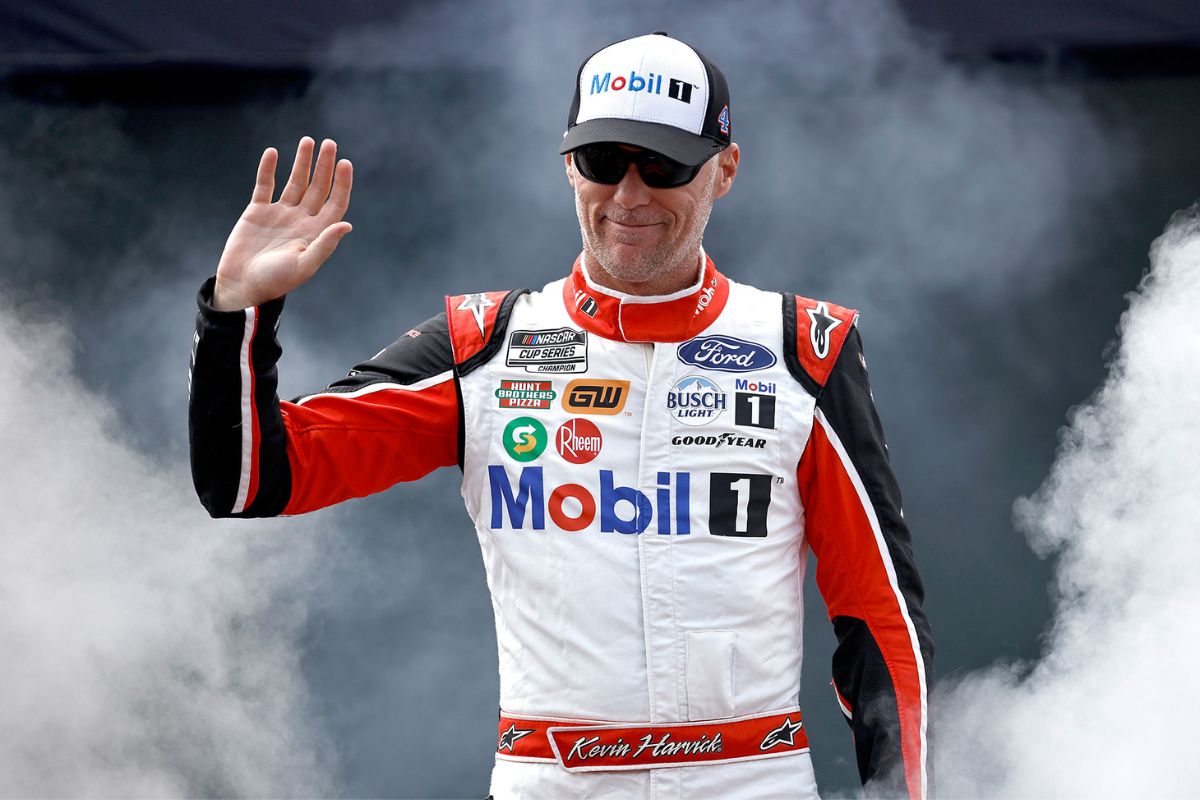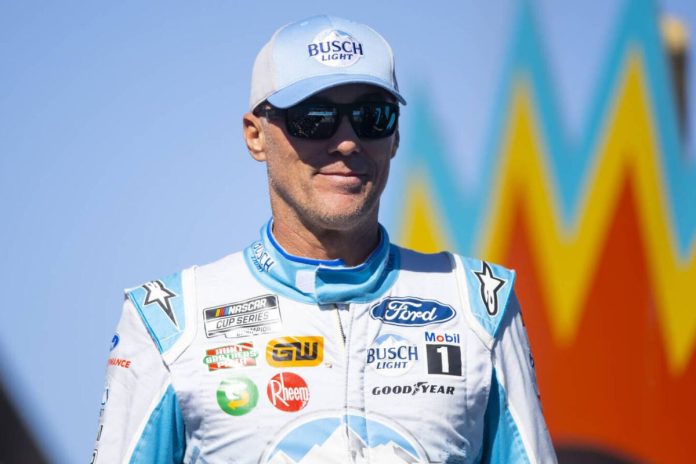Harvick Reveals Toyota’s ‘Worst’ Flaw Leading: In a startling critique that may redefine Toyota’s NASCAR strategy, Kevin Harvick pinpointed a fundamental flaw in their racing tactics at the recent Talladega Superspeedway event. His analysis illuminated issues with the vehicles’ aerodynamic stability when drafting, a crucial technique in stock car racing. Harvick’s assertion that Toyota’s current setup precipitates a ‘strategic disaster’ underlines a critical vulnerability that could have far-reaching implications for the team’s future races.
Key Takeaways
- Harvick criticized Toyota for instability in drafting during races.
- Identified aerodynamic and balance issues as core flaws in Toyota’s racing vehicles.
- Suggested Toyota reevaluate its drafting and pushing strategies.
- Emphasized the need for improved vehicle stability and handling.
- Highlighted the mismatch between Toyota’s capabilities and NASCAR’s racing demands.
Toyota’s Strategy Turns Disastrous at Talladega
Toyota’s strategic alignment at Talladega Superspeedway backfired dramatically when a concerted push turned catastrophic, resulting in a multi-car pile-up that ensnared four of its vehicles. This incident shows the high-risk nature of motorsports strategies, particularly at superspeedways known for their unpredictable racing dynamics.
The strategy employed by the Toyota teams from Joe Gibbs Racing, 23XI Racing, and Legacy Motor Club hinged on maintaining a compact formation to exploit aerodynamic efficiencies. This approach aimed to outmaneuver the dominant packs of Fords and Chevrolets by leveraging the draft—the vacuum created by leading cars that reduces air resistance for those following.
However, the execution faltered fatally in the corner where the incident occurred, a section notorious for its bumps that challenge vehicular stability. The tightly knit formation of the Toyotas, while theoretically sound for minimizing drag, proved to be their undoing. As the cars navigated the bumps, minor positional adjustments escalated into a chain reaction. The lack of spatial buffer within the group meant that even slight misalignments or jostles resulted in contact, setting off the calamitous chain of events.

Kevin Harvick’s Perspective on the Multi-Toyota Wreck
Reflecting on the disastrous outcome at Talladega, Kevin Harvick critically assessed the performance characteristics of Toyota vehicles, particularly emphasizing their inefficacy in pushing maneuvers during races. Harvick pointed out that Toyota cars traditionally struggle with stability when in drafting situations, which notably contributes to their inability to effectively push or be pushed without risking stability.
“I think that their cars don’t seem to be able to be pushed as well as the Fords for sure. But it seems like they’re the worst cars to push you know that. Last year they fixed the front of their Camry this year to make it flat so they could be a good Pusher uh but it just doesn’t seem like they’ve got the back of the car settled”.-harvick
Harvick’s critique centers on the aerodynamic and balance aspects of Toyota vehicles, which he argues lead to increased risks in high-speed, close-quarter racing environments like Talladega. This specific disadvantage in the aerodynamics of Toyota cars can result in less control under tight, draft-heavy racing conditions, which ultimately might have contributed to the multi-car incident.
| Aspect | Issue | Impact on Race Strategy |
|---|---|---|
| Aerodynamics | Poor stability in draft | Compromised pushing capability |
| Vehicle Balance | Inadequate during high speeds | Increased risk of wrecks |
| Race Strategy Adaptation | Limited flexibility for team strategies | Reduced competitive edge |
The Incident at the GEICO 500
During the GEICO 500 at Talladega, a strategic pit stop decision by Toyota drivers precipitated a chain of events leading to a significant multi-car collision. The strategy, aimed at capitalizing on fresh tires, inadvertently positioned the Toyota contingent at a disadvantage. The incident unfolded during Stage 3 when the Toyota drivers, adhering to a pre-planned early pit stop, re-entered the track just as their competitors were maneuvering through the critical corner. This timing misalignment caused a congestion of vehicles, which are particularly vulnerable in this track section due to its notorious bumps.
Erik Jones, caught in the turbulent wake of this tactical miscalculation, bore the brunt of the mishap. A slight rear-end nudge from Bubba Wallace exacerbated the already precarious situation, sending Jones hurtling towards the wall. The impact was not isolated; it triggered a domino effect, compelling other Toyota drivers like Denny Hamlin and Wallace himself to retire prematurely to the garage. Remarkably, John Hunter Nemechek managed to escape the chaos, continuing his race despite the disruption.
“Yeah well there’s just the the center of that curve is you know you’ve your margin of err is small right. So being able to push that car straight and that’s why when it got got to bounce, it around over those bumps and they’re nose to tail pushing each other. But you got to know over those bumps like I would always try to let a guy go unless it was like you had to have a little breather right there in order to get him over the bumps”-harvick

Toyota Drivers React to the Wreck
Despite the strategic mishaps at the GEICO 500, Toyota drivers shared their perspectives on the incident, revealing a blend of frustration and tactical reflection. The dynamics of the race, while culminating in a victory for Tyler Reddick, were marred by a series of strategic errors affecting several team members. Reddick himself acknowledged the critical roles played by his teammates, Ty Gibbs and Martin Truex Jr., whose concerted efforts were indispensable to his triumph.
I have to give a lot of credit to Ty Gibbs and Martin Truex Jr. It was just us Toyotas left. They pushed me with everything they had. Huge credit to Martin and Ty. Without those pushes, we don’t win this race.”-reddick
Bubba Wallace expressed a distinct frustration, indicative of the broader sentiment among those affected by the wreck. His comments highlighted the team’s failure to execute their pre-race strategy effectively, emphasizing the disappointment felt by the Leidos team.
“We were all pushing hard to execute our plan, but we didn’t do it as well as we should have. It’s disappointing for our Leidos team.”-Wallace
This sentiment was echoed by Denny Hamlin, who provided a more granular view of the incident. Hamlin’s account detailed a specific ‘bad push’ at the front, which he directly linked to the subsequent collisions involving himself and other drivers.
“There was a bad push up front, and it wiped us all out. I just saw the No. 43 get turned, and then I got turned.”hamlin
Toyota Drivers’ Mixed Results at Talladega
The varied results at Talladega demonstrated Toyota drivers maneuvering through a tumultuous race, resulting in strategic setbacks and a notable victory. Throughout the event, the Toyota camp exhibited a blend of tactical acumen and moments of misjudgment. Initially, their strategy seemed plagued by errors in timing and coordination, which led to several drivers falling behind early in the race.
However, as the laps dwindled, a shift in approach was palpable. The Toyota drivers began to rally, threading through the pack with a series of calculated moves that spoke to a deeper understanding of Talladega’s unpredictable race dynamics. This strategic pivot was not just about recovery; it was a statement to the drivers’ resilience and their ability to adapt under pressure. Ultimately, this blend of initial setbacks followed by a strong finish culminated in a Toyota crossing the finish line first.

News in Brief: Harvick Reveals Toyota’s ‘Worst’ Flaw Leading
The revelations by Kevin Harvick regarding the aerodynamic deficiencies in Toyota’s performance at Talladega underscore a pivotal flaw that necessitates immediate strategic reassessment.
This critique highlights the critical need for Toyota to improve vehicle stability and optimize drafting techniques to meet NASCAR’s rigorous demands.
Addressing these issues is imperative not only for preventing future strategic failures but also for ensuring competitive viability in high-stakes racing environments, thereby maintaining their reputation and performance efficacy on the track.


